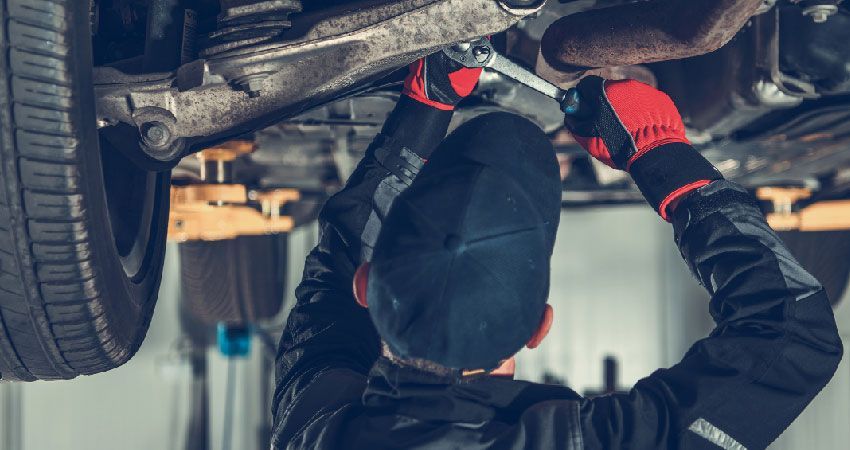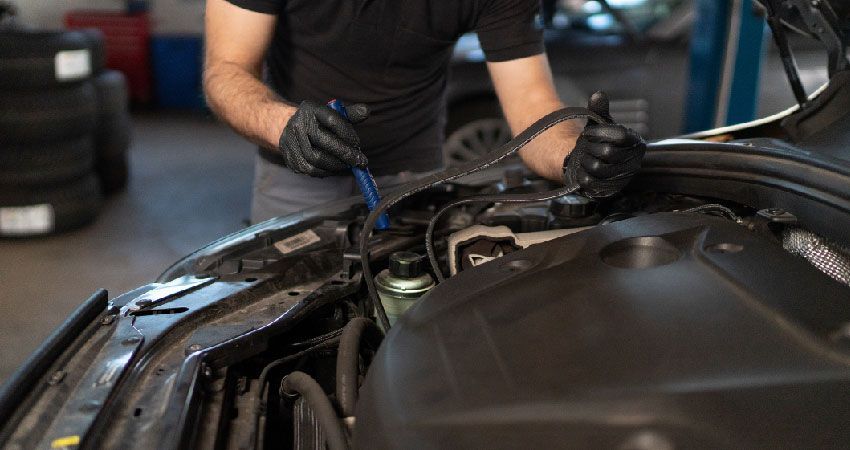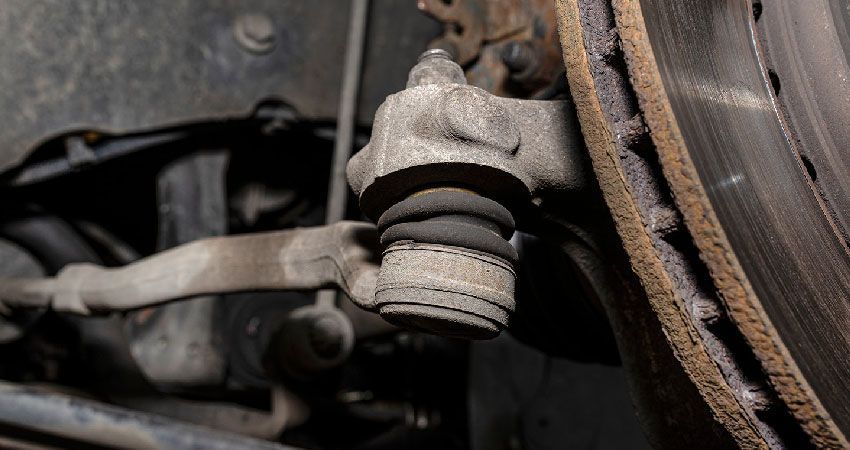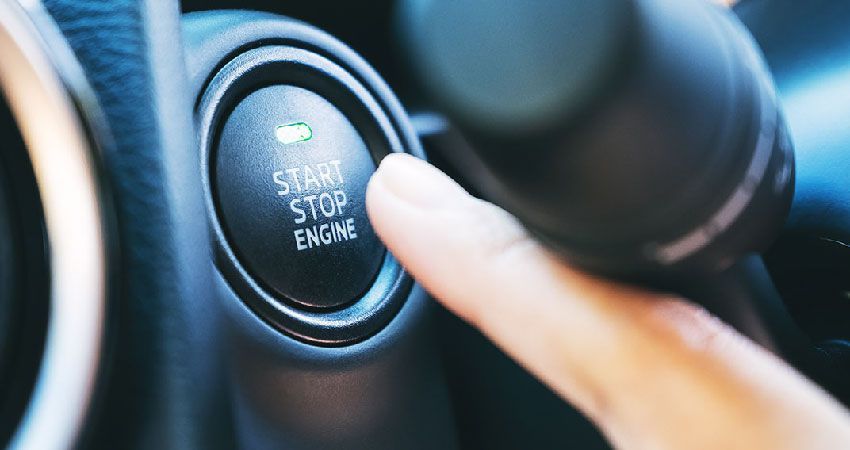
How do struts work?
Struts are a part of your vehicle’s suspension system and provide you with a comfortable ride. Struts contain several different key suspension parts. Struts contain the coil spring, spring seats, shock absorbers, strut bearing, and the steering knuckle. Struts have two main jobs: first, they support the vehicle’s weight and provide structural support, and second, they dampen the spring’s movements as they react to the road surface. Struts provide structural support by connecting the upper strut bearing to the lower ball joint. This allows the strut to move as the tire is turned. Your vehicle’s suspension is in charge of keeping your tires in contact with the road surface at all times. Struts are a dampening device for your vehicle. This means that they “dampen” or absorb the excess bouncing of your vehicle’s suspension as your vehicle passes over uneven road surfaces. Your vehicle’s springs will allow the tire to move up or down to stay in contact with the road; your vehicle’s shock absorbers dampen the excess movement of the shocks.
Why do you need to replace struts?
Struts play an integral role in your vehicle’s handling and braking. They keep your tires in constant contact with the road. Without struts, including springs and shock absorbers, your car would continue to bounce every time you hit a pot hole or a bump in the road. Worn struts allow your car to bounce excessively from side-to-side or front-to- back, which may remove your tires from the road. Worn struts also increase the distance it takes for your vehicle to stop and increases the wear on your tires. Basically, worn struts can make braking and cornering very dangerous.
When do you need to replace struts?
Leaking shocks are an obvious sign that your struts need to be replaced. If your vehicle is bouncing or swaying excessively, you should have your vehicle’s suspension checked. A good way to check if your vehicle is bouncing excessively is to drive over a familiar road and see if there is more bouncing than usual. You can also perform the bounce test. The bounce test requires you to bounce each corner of your vehicle a few times, and after you let go, the vehicle should bounce only once and then settle. If your vehicle settles after one bounce, then your shocks and struts are good. If your vehicle continues to bounce, your shocks and struts may be worn and should be checked. Bottoming out and nose-dives are also good signs of worn struts. Experts say you should have your struts checked once a year or every 12,000 miles.







